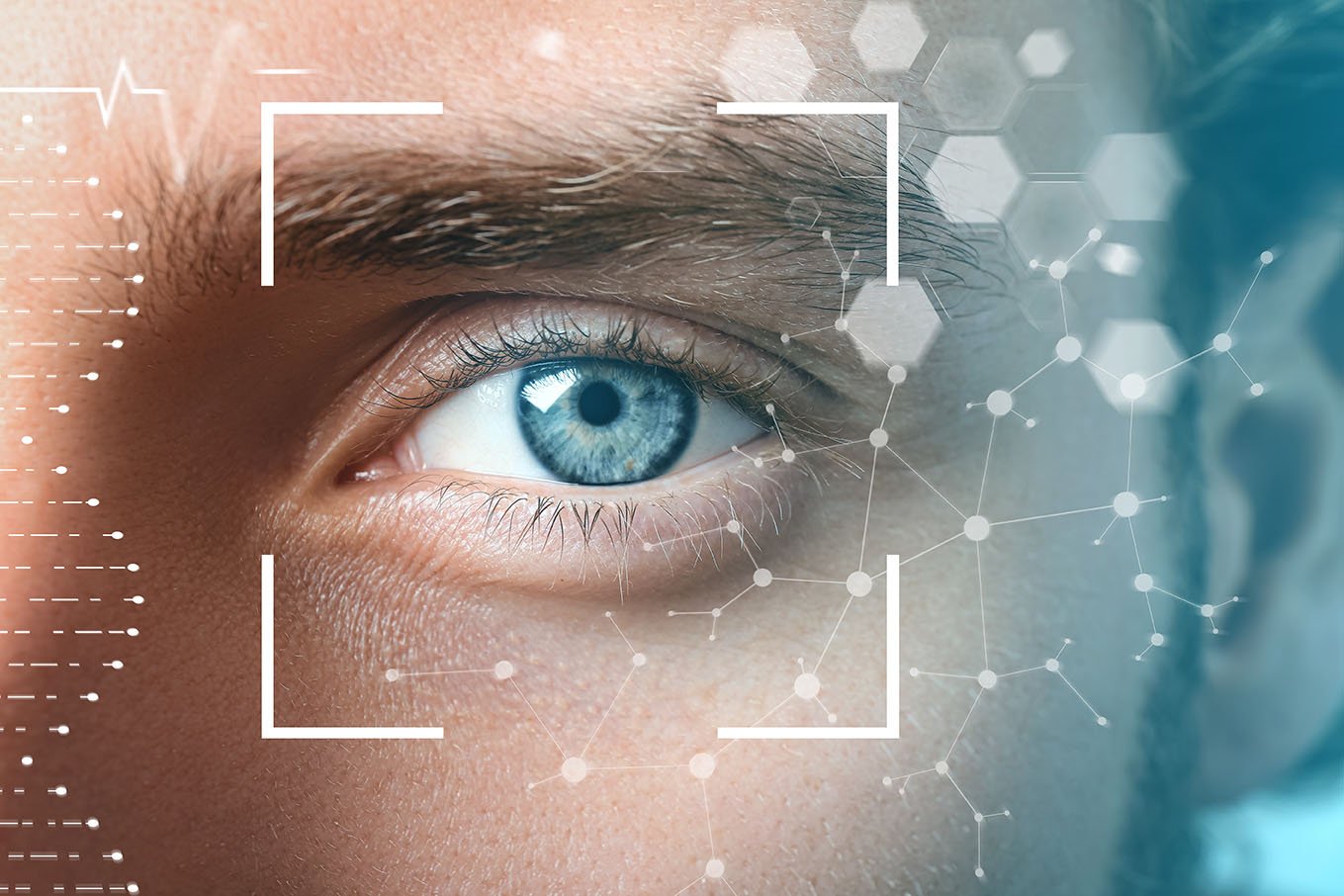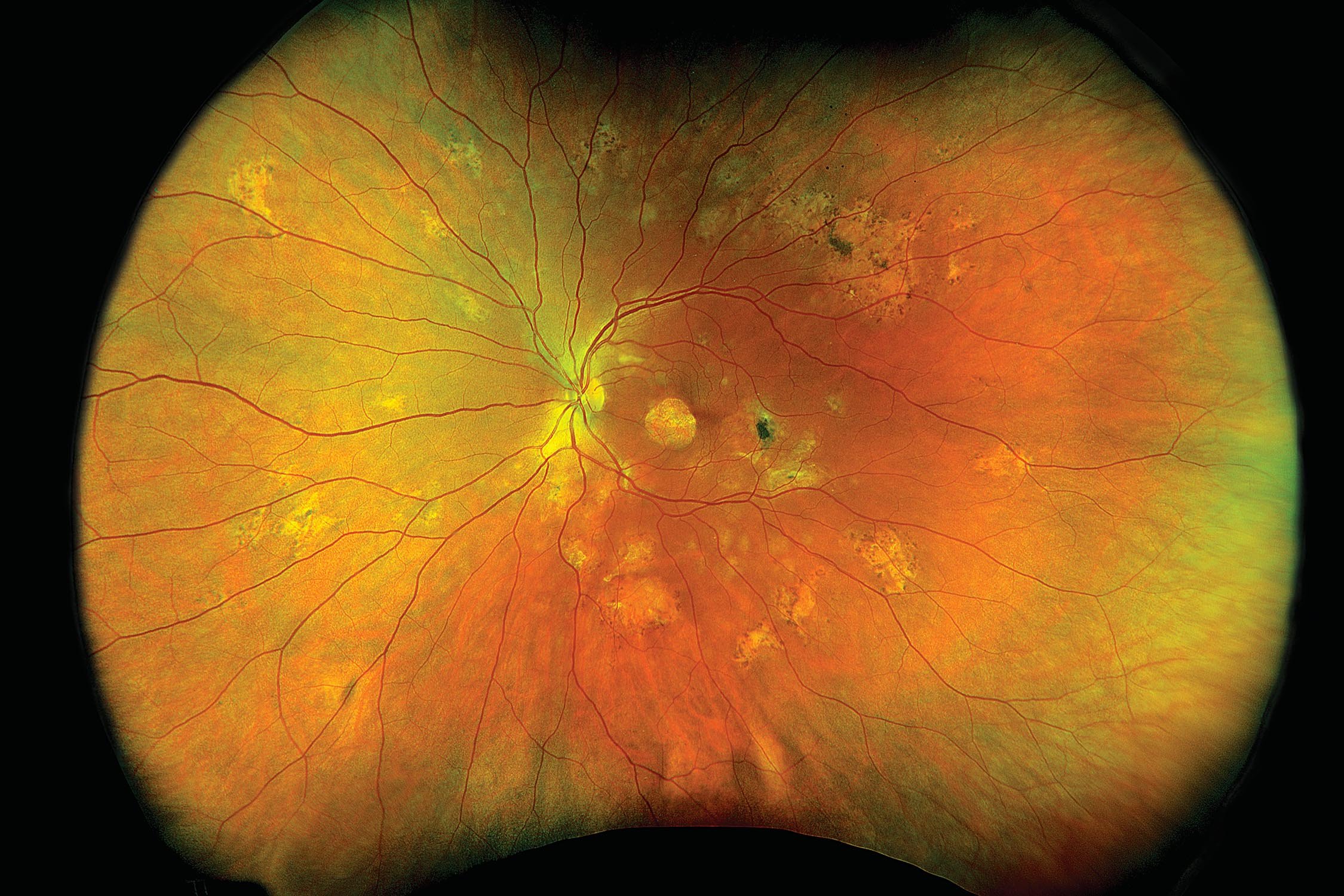
Unlocking Vision Wellness:
Expert eye care insights and tips from Arthur Hayes Opticians
Cutler and Gross - 50 years of style
Cutler and Gross were founded on the principle that when it comes to eyewear, it’s not just about how we see the world, it’s about how others see us. For over 50 years now, we have been at the forefront of optical design - as trailblazers, disrupters and pioneers whose legacy has been much imitated, but never surpassed.
AI Revolutionizing Optometry Care
Artificial intelligence (AI) is revolutionizing various fields, and optometry is no exception. With advancements in machine learning, image processing, and deep learning, AI is enabling optometrists to diagnose and treat various eye conditions more accurately and efficiently.
Unlocking the Power of Optomap Scanning
Optomap scanning is an advanced technology used by eye care professionals to capture a panoramic image of the retina. It is a non-invasive procedure that can help detect eye diseases and conditions at an early stage, including diabetic retinopathy, macular degeneration, and glaucoma. In this blog, we will discuss what Optomap scanning is, how it works, and its benefits.
Discover the Benefits of Polarized Sunglasses
Polarized sunglasses have become increasingly popular in recent years, and for good reason. Not only do they protect your eyes from harmful UV rays, but they also reduce glare and improve visibility, making them an excellent choice for outdoor activities such as driving, boating, skiing, and fishing. In this blog, we'll take a closer look at polarized sunglasses, how they work, and why they're a smart investment for anyone who spends time outdoors.
Understanding Dry Eye (Keratoconjunctivitis Sicca)
Dry eye, also known as keratoconjunctivitis sicca or simply dry eye syndrome, is a common eye condition that occurs when the eyes do not produce enough tears or when the tears evaporate too quickly. This can lead to uncomfortable symptoms, including eye irritation, burning, itching, redness, and blurred vision. In severe cases, dry eye can also cause damage to the cornea, the clear dome-shaped surface that covers the front of the eye.
Case Study: Understanding the Impact of a Retinal Tear
A torn retina is a serious problem that makes your vision blurry. It is when the retina has a tear or hole, like a rip in cloth. A torn retina often leads to a more serious condition called a detached retina. This is where the retina is lifted away from the back of the eye. A torn retina must be treated right away to avoid further vision problems.
Ocular Hypertension: A Case Study
Ocular hypertension is when the pressure inside the eye (intraocular pressure or IOP) is higher than normal.
With ocular hypertension, the front of the eye does not drain fluid properly. This causes eye pressure to build up. Higher than normal eye pressure can cause glaucoma. Glaucoma is a disease where eye pressure damages the optic nerve, causing vision loss.
Unveiling the Process of Cataract Formation
A cataract is a clouding or opacity of the lens inside the eye. It causes gradual blurring of vision and often glare.
Inside your eye, behind the iris and pupil is a lens. In a normal eye, this lens is clear. It helps focus light rays onto the back of the eye (the retina), which sends messages to the brain allowing us to see.
When cataract develops, the lens becomes cloudy and prevents the light rays from passing on to the retina. The picture that the retina receives becomes dull and fuzzy.
Cataract usually forms slowly and most people experience a gradual blurring of vision.
Case Study: TIA (Mini-Stroke)
A transient ischaemic attack (TIA) or ‘mini-stroke’ is caused by a temporary disruption in the blood supply to part of the brain.
The disruption in blood supply results in a lack of oxygen to the brain.
This can cause sudden symptoms similar to a stroke, such as speech and visual disturbance, and numbness or weakness in the face, arms and legs.
But a TIA does not last as long as a stroke. The effects last a few minutes to a few hours and fully resolve within 24 hours.









